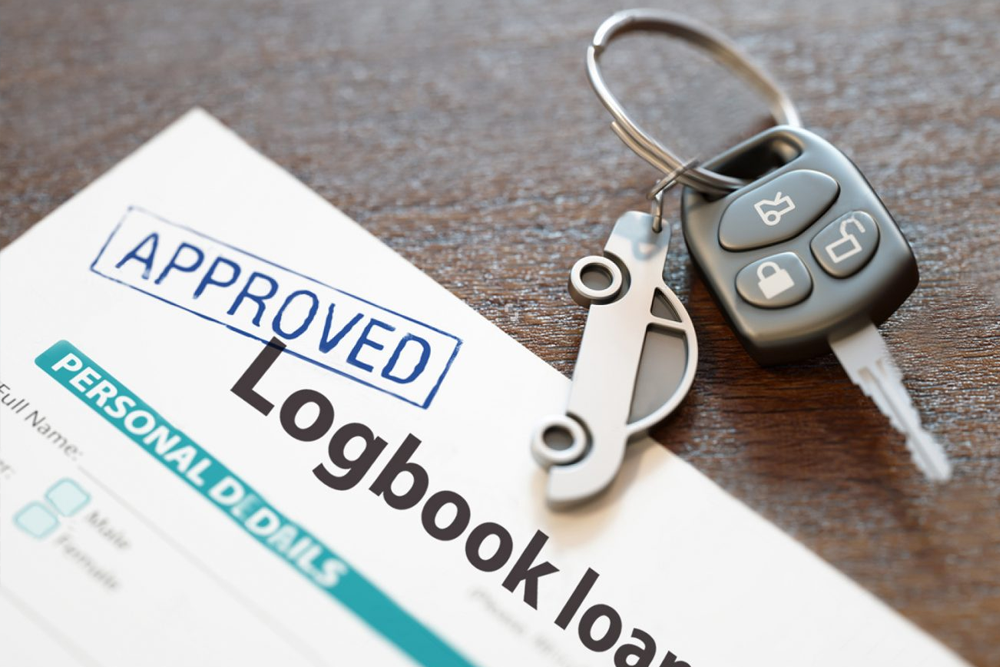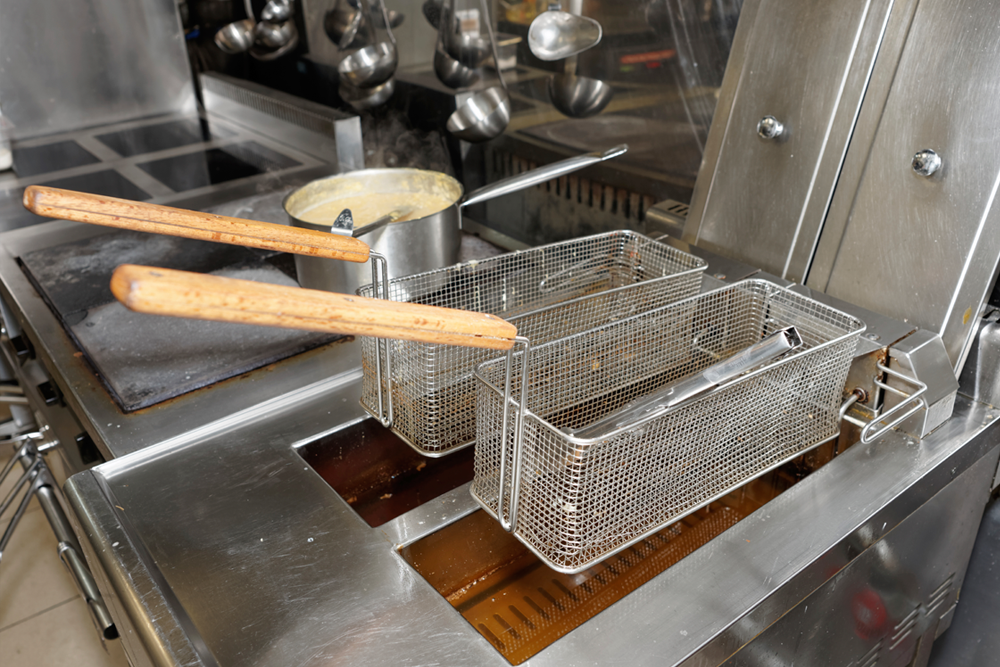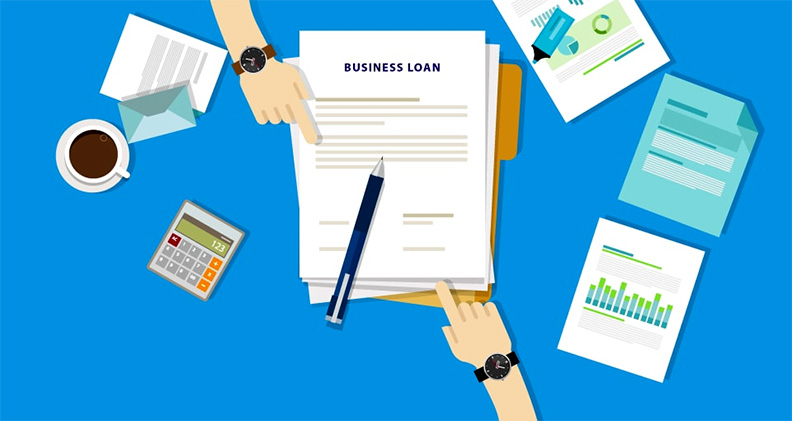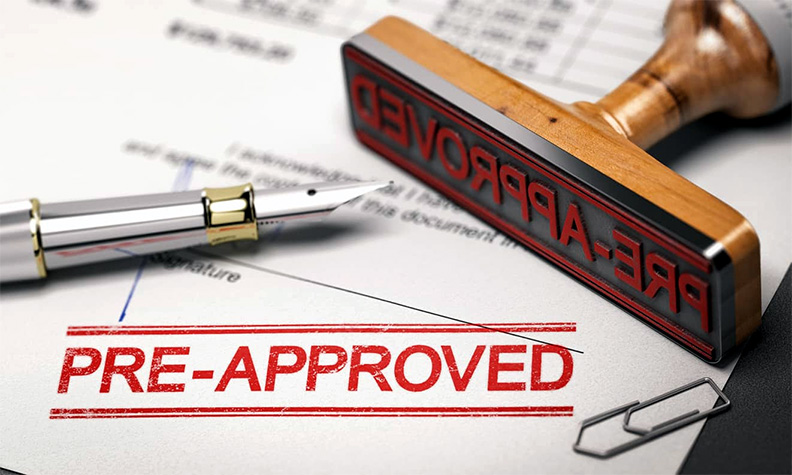
Personal Savings Plan Tips
Sometimes the hardest part about saving is just getting started. This article will guide you on how to save money and help you establish a realistic and straightforward strategy so that you can save for all your short- and long term saving goals.
Set your goals
Some big goals to save for include:
- Major purchase (Television, large appliance or furniture)
- Higher education
- New car
- Retirement
- Down payment on a house
- Vacations
In case you are married or in a long term relationship, make sure you sit down with your spouse or significant other and make sure that you agree on your financial goals. Avoid being confrontational. Just reach an understanding that money is essential to both of you, and work from there. It can take more than one meeting for the two of you to agree. Be patients with each other and be willing to compromise. In case you are single, the path to setting your financial objectives is much simpler. Note down in a list the things you want to save for. Then rank the file following each item’s importance to you.
Then pick the top one or two to set as your financial goals. Besides the things you are saving for, it is also essential to set up an emergency fund. An emergency fund can provide you peace of mind for those unexpected moments, such as losing your job or your car giving out. Most experts recommend that your emergency fund comprises the equivalent of three-six months’ wages.
Record your expenses
Figure out how much you spend. Keep track of all your expenses that indicates every coffee, cash tip, and a household item. After you have your data, organize the numbers by categories, like groceries, gas and mortgage, and the total each amount. Utilize your credit card and bank statements to ensure you are accurate and don’t forget any. You can look for a free-spending tracker to assist you in getting started. Selecting a digital app or program can help you automate some of this work. If you are a Bank of America client, you can use the Spending & Budgeting tool, which automatically groups your transactions for easier budgeting in the mobile application or online.
Use financial planning tools
You can get all kinds of different financial planning calculators online. Below are just a few:
- The United States Department of Labor Lifetime Income Calculator- using your retirement account balance, retirement age, number of years to retirement, and the amount paid monthly, this calculator allows you to determine how long your retirement income will last.
- There are also calculators accessible for a mortgage, college savings or car loan calculations, and others. Key in the name of your goal and then type the word calculator into your favorite search engine and check out the results.
- In case you are planning on expanding your family, the United States Department of Agriculture’s Cost of Raising a Child Calculator will assist you in approximating the cost of that added responsibility.
- If you like doing the financial planning by yourself, you might find many templates accessible for the spreadsheet program that will assist you in calculating various costs.
Make a timeline
Setting a particular end date for your goals will assist you in determining how much money you will need to save. If your objective takes more than a year to reach, you might want to set milestones. For example, you could treat yourself to one of the items you gave up in the reduce your spending area as a reward for reaching the halfway point of your objective. Mainly rewarding yourself works for two reasons: In case you deprive yourself of everything you enjoy, you can get tired of saving and eventually give up, and the less you treat yourself, the more you will appreciate it. Typically, the best way to appreciate something is to be without it for a while.
Find ways to reduce your spending
In case your expenses are so high that you cannot save as much as you would like, it may be time to reduce your spending. Identify non-essentials that you can spend less on, like entertainment and dining out. Here are some suggestions to cut down:
Request a credit card rate reduction
In case you have a significant balance on your credit card and make your payments on time, you can request a rate reduction. Of course, in case you are trying to decrease your expenses, not using your credit card at all is possibly the right decision.
Cut down utility costs
Repudiate your water heater and install a programmable thermostat. Unplug appliances you are not using and make good use of power strips and timers. You will be shocked at how quickly your savings will increase.
Cancel subscription
Ask yourself if you genuinely need cable plus Netflix, Hulu, and Amazon Prime. Keep track of what programs you really watch and remove the least used platforms. Also, remember to check your magazine and newspaper subscriptions. If you are not really reading them, you can possibly find a free source for your news online.
Purchase store brands
Stores frequently carry copycat items under their own name. Look at the ingredients list to make sure you are getting what you want. In case the items are identical, you can save money over the name brand.
Start a garden
Even though you only plant a few of the herbs you most commonly use in some windowsill pots, think of the amount of money you will save over those jars of dried herbs at the grocery store. Once you gain confidence, you can plant a more extensive, more eco-friendly garden, and save even more.
Eat out less
Cooking at home can aid you to save you more money, and, as an added advantage, you will possibly eat healthier. Learning to cook your own food can also be a fun and comparatively cheap hobby.
Set up a budget
Trace your expenses, as mentioned above, for at least 30 days. Then group the expenses into categories. Some expenses categories you may use are:
- Personal care
- Food
- Car (loan, gas, maintenance)
- Credit card
- Health care
- Housing(rent, maintenance, house payment)
- Entertainment
- Clothing
- Groceries
- Utilities
Once you have decided how much money you should spend on every category every month, add your monthly income to determine your budget. To make sure you stick to your budget, you should record it on a spreadsheet. There are also many convenient alternatives for budgeting applications that are simple to learn.
Make your saving automatic
Almost all banks provide automated transfers between your checking and savings accounts. You can select when, how much, and where to transfer money. You can also split your direct deposit, so a section of each paycheck goes directly into your savings account. Dividing your direct deposit and setting up automated transfers are easy ways to save money since you do not have to think about it, and it typically reduces the temptation to spend the money. Note that most banks have a savings account so you can begin with very little money. Of course, in case you keep a higher balance, you can avoid monthly service charges, too.
Besides, there is no specialized knowledge required. Investing can be tricky. There is no specialized knowledge needed to open a savings account. Why not keep and get interest while you are learning how to invest your money better. Even better, unlike other investments, you can access money in your savings account any time you like. Nonetheless, in case you want to ensure you do not spend your money not unless necessary, you can also make it challenging to access, by setting up your savings account at a different bank.
Watch your saving grow
Assess your budget and check your progress each month. Not only will this assist you in sticking to your personal savings plan, but it will also help you to identify and solve your problems faster. Understanding how to save money might even inspire you to identify more ways to save and attain your goals more quickly.











